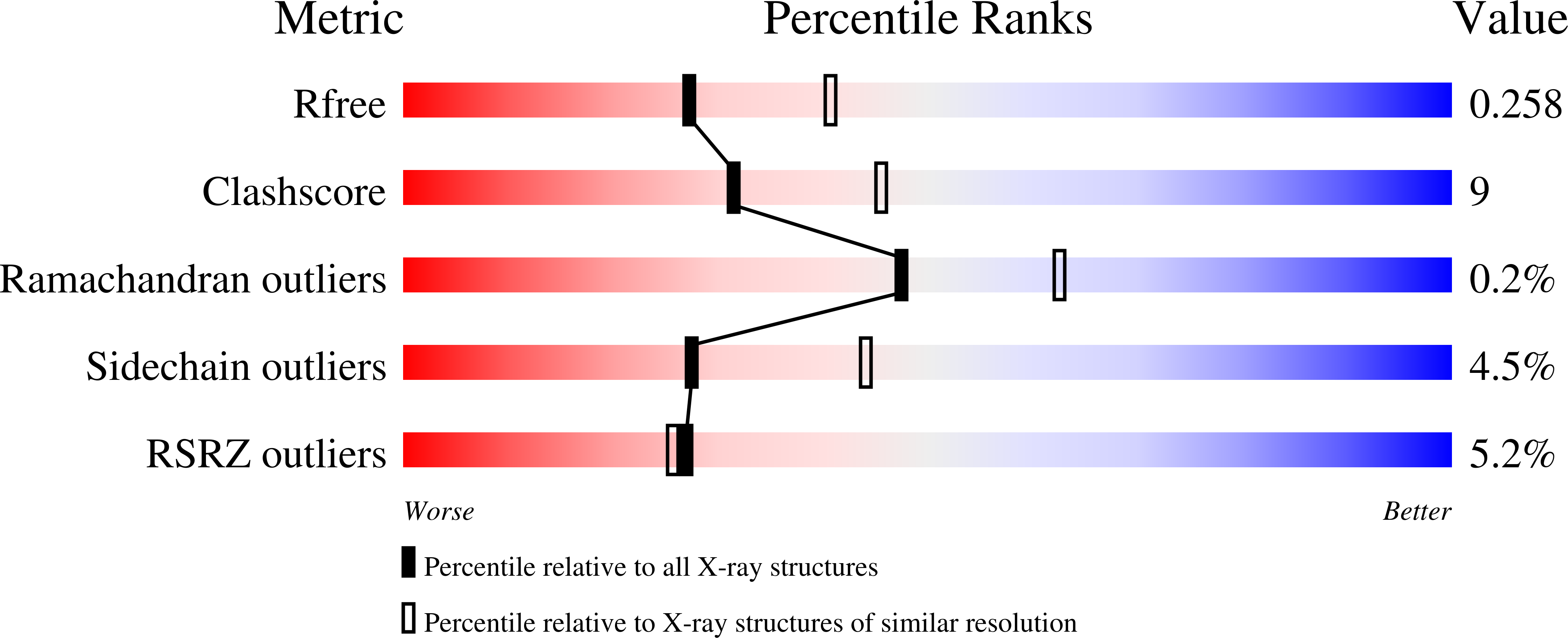
Deposition Date
2020-03-24
Release Date
2021-03-31
Last Version Date
2023-10-18
Entry Detail
PDB ID:
6WA2
Keywords:
Title:
Crystal structure of EGFR(T790M/V948R) in complex with LN3753
Biological Source:
Source Organism:
Homo sapiens (Taxon ID: 9606)
Host Organism:
Method Details:
Experimental Method:
Resolution:
2.40 Å
R-Value Free:
0.25
R-Value Work:
0.22
R-Value Observed:
0.22
Space Group:
P 1 21 1


